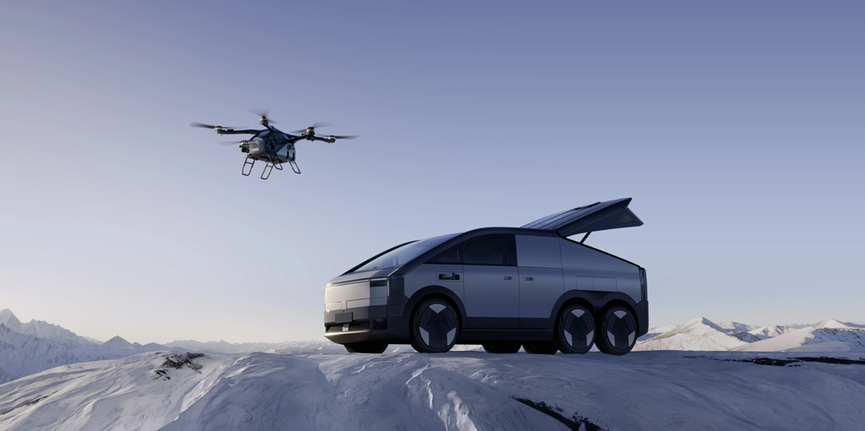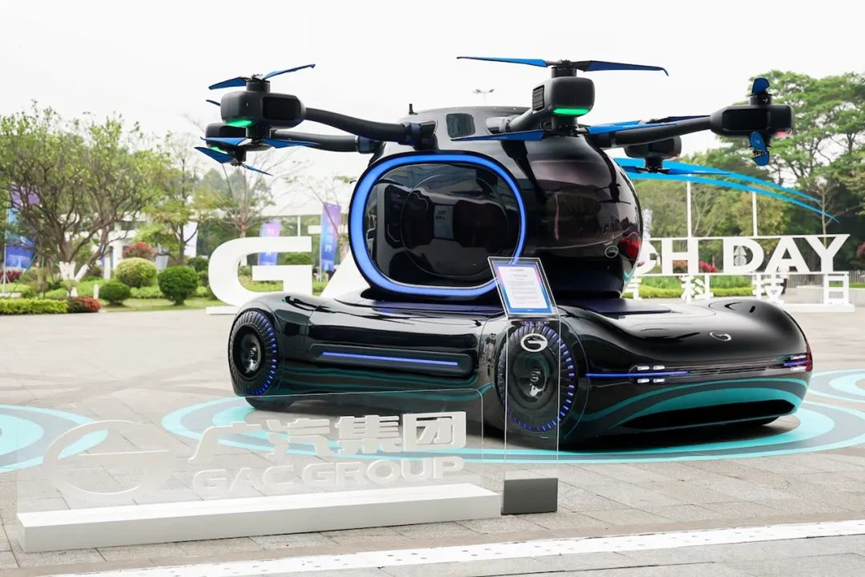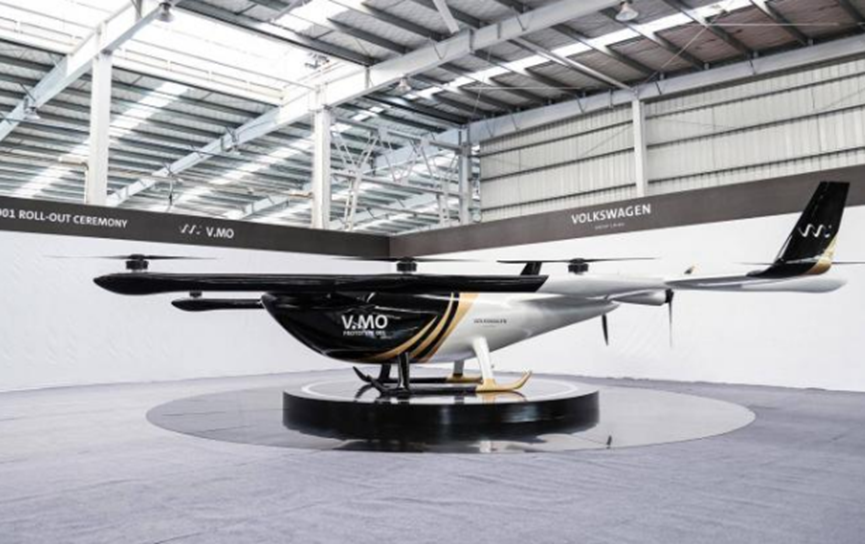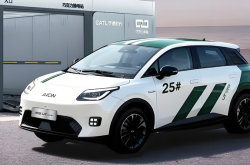Top Ten 'Keywords' of the Auto Market in 2024: The Rise of Flying Cars
![]() 01/17 2025
01/17 2025
![]() 580
580
The fantastical concept of flying cars from science fiction films began to materialize in 2024. Auto companies extended their horizons beyond the ground with the rollout of the national 'Low-Altitude Economy' policy, making flying cars a burgeoning trend in the automotive market. Leading automakers have embraced this new frontier and started deploying their strategies. Among the early movers, XPeng's 'Land Aircraft Carrier' Huitian stands out, followed by GAC Group's GOVY Airjet, Volkswagen's electric, autonomous eVTOL V.MO, and initiatives from Changan Automobile, Geely Group, and Toyota, who have all extended their reach into the aviation sector.
1. XPeng Huitian
Founded in 2020 as an ecological venture of XPeng Motors, XPeng Huitian officially established its base in Guangzhou in 2024, becoming the first flying car factory to utilize modern assembly lines for mass production. The 'Land Aircraft Carrier' is a split-type flying car comprising a land vehicle resembling a lunar rover with a minimalist, cyberpunk design, and an electric six-rotor flying module made of carbon fiber for strength and lightness. The arms and blades fold, and the 270° panoramic cabin offers breathtaking aerial views. At the 2024 Guangzhou Auto Show, XPeng Motors' founder, Zhao Deli, personally conducted the world's first manned flight of the 'Land Aircraft Carrier'. Post-flight, 'First Fly Codes' were released to 200 pioneering customers, selling out within 48 hours, with another 100 codes instantly sold out in December. To date, XPeng Huitian's split-type flying car has garnered over 1,000 pre-orders and 3,000 intent-to-purchase orders.

2. GAC Group
GAC Group boasts two flying car models: GOVY AirCar and GOVY AirJet. GOVE, now officially named GOVY AirCar, was GAC's inaugural flying car, featuring a land-air decoupled split-type configuration for seamless ground travel, air flight, and ground-air docking. In December 2024, GAC announced its new flying car brand, 'GOVY High Domain', with AirJet as its flagship product. Compared to the short-range GOVE, AirJet offers extended range and greater passenger capacity. GAC aims to commence airworthiness certification in 2025, deploy production lines, open bookings, and gradually pilot and commercialize 'multi-station - ground transportation - low-altitude travel'.

3. Changan Automobile
Changan Automobile has partnered with EHang to delve into the flying car market, focusing on R&D, manufacturing, sales, and operations. Their strategy encompasses both low-altitude aircraft and flying cars, with plans to unveil flying car products by 2026. Changan intends to invest over 50 billion yuan within five years, aiming to launch flying cars by 2026 and humanoid robots by 2027, accelerating its transformation into an intelligent, low-carbon mobility technology company.

4. Geely Holding
Geely Automobile began its foray into flying cars in 2019, leading a 50 million euro investment in Volocopter alongside Mercedes-Benz. The collaboration yielded two flying car models: the 2021 Transition and the 2024 WoFei Changkong AE200. However, Volocopter's bankruptcy reorganization in late 2024 dampened Geely's plans to acquire an 85% controlling stake.
5. Volkswagen
Volkswagen (China) initiated an aerial mobility project in 2020, collaborating with Tangerine and Sunward to develop the V.MO prototype. After nearly three years, the team unveiled V.MO, nicknamed 'Flying Tiger', Volkswagen's maiden aircraft design. Positioned as a premium product for affluent, tech-savvy Chinese customers, Volkswagen hopes to mass-produce this concept, pioneering the urban air mobility market.

6. Toyota Motor
In November 2024, Toyota Motor and Joby Aviation conducted Japan's first test flight of their electric vertical take-off and landing vehicle (eVTOL). Since 2019, Toyota has invested heavily in Joby, pledging an additional $500 million this year to support certification and commercial production. Akio Toyoda expressed excitement about contributing to air mobility, envisioning a future where transportation offers freedom and enjoyment both on land and in the air.
Editor's Comment: The advent of flying cars heralds a mutually beneficial development for automakers and consumers. Automakers strive to cultivate new growth areas, while consumers gain enhanced transportation convenience. However, automakers' enthusiastic entry into this field marks just the beginning of a long journey. The timing for widespread adoption remains uncertain, mirroring the early challenges faced by new energy vehicles. The low-altitude economy holds immense potential, but only those with robust technical expertise and financial strength will secure a firm foothold. While the flying car era's arrival is yet to be seen, some companies are already venturing into satellite and rocket technology.
(Images sourced from the internet. Remove if infringement occurs)





